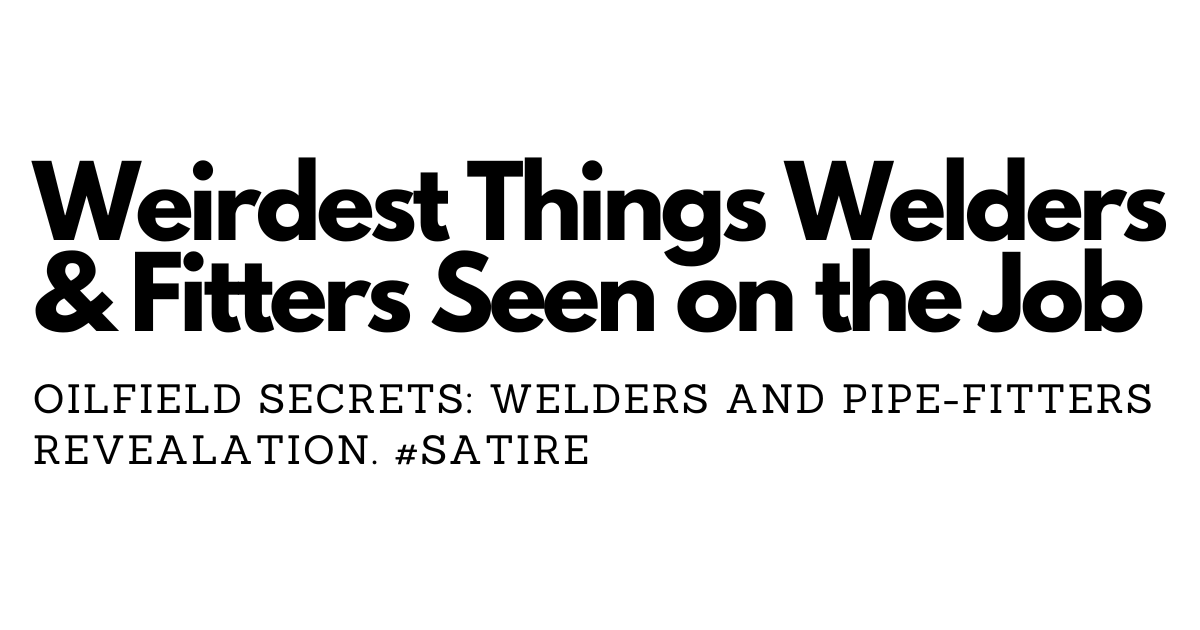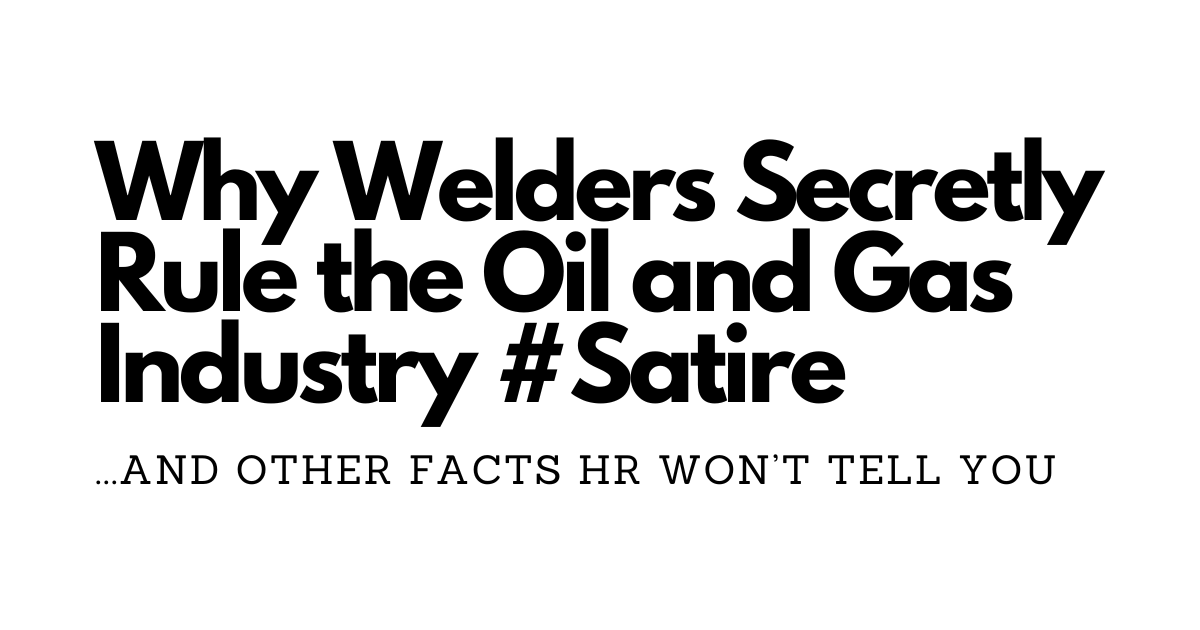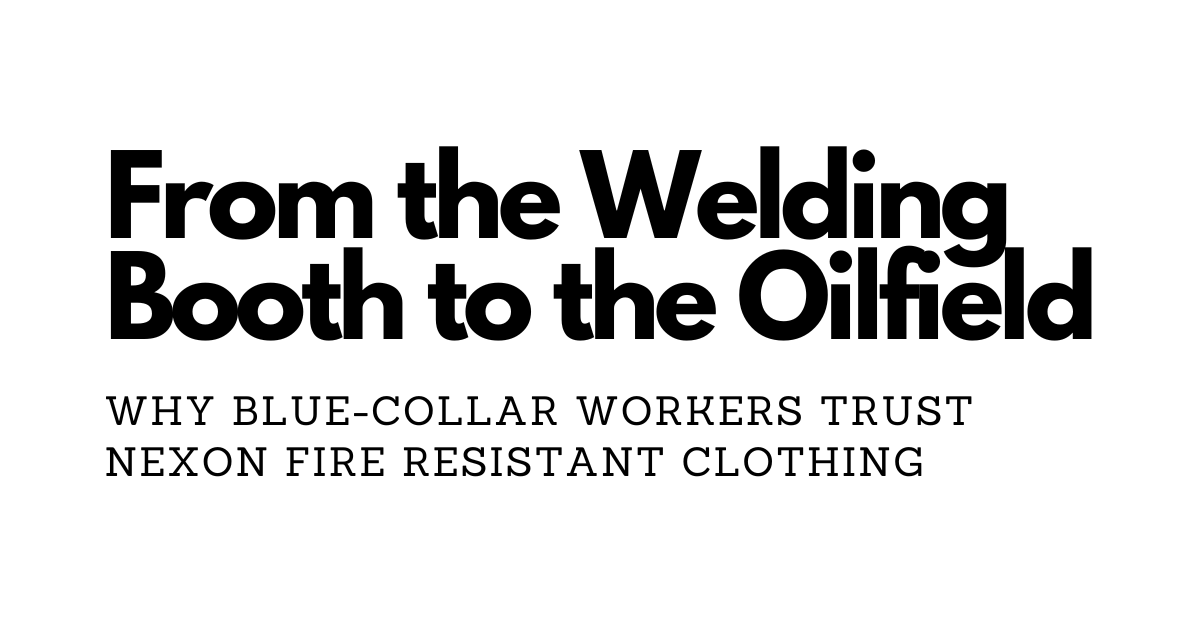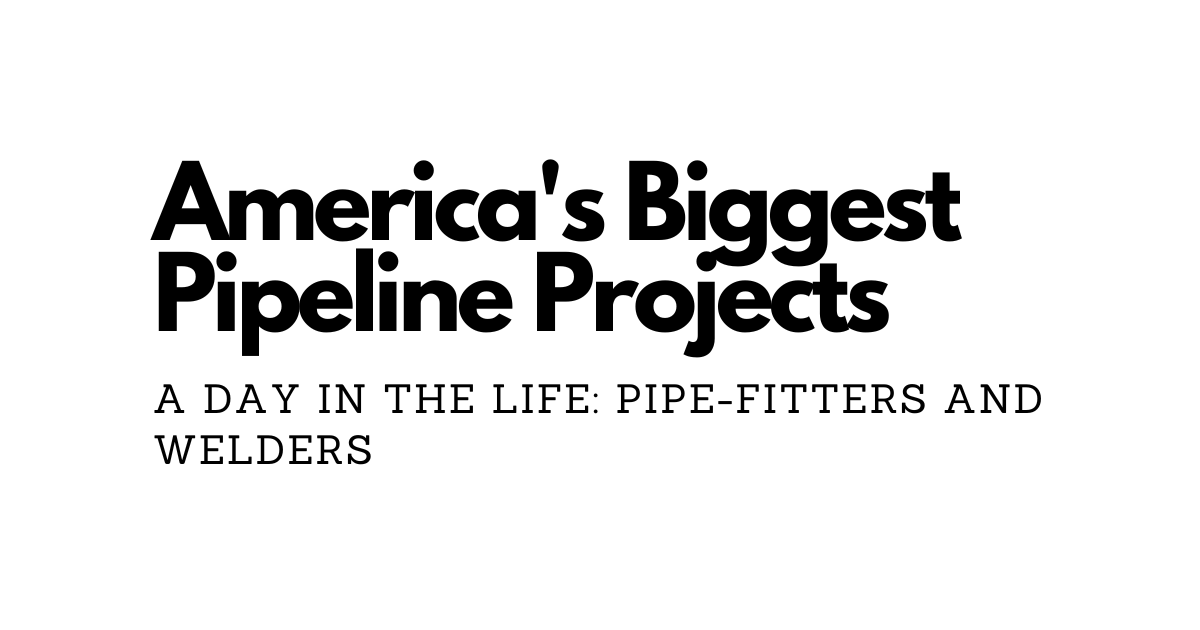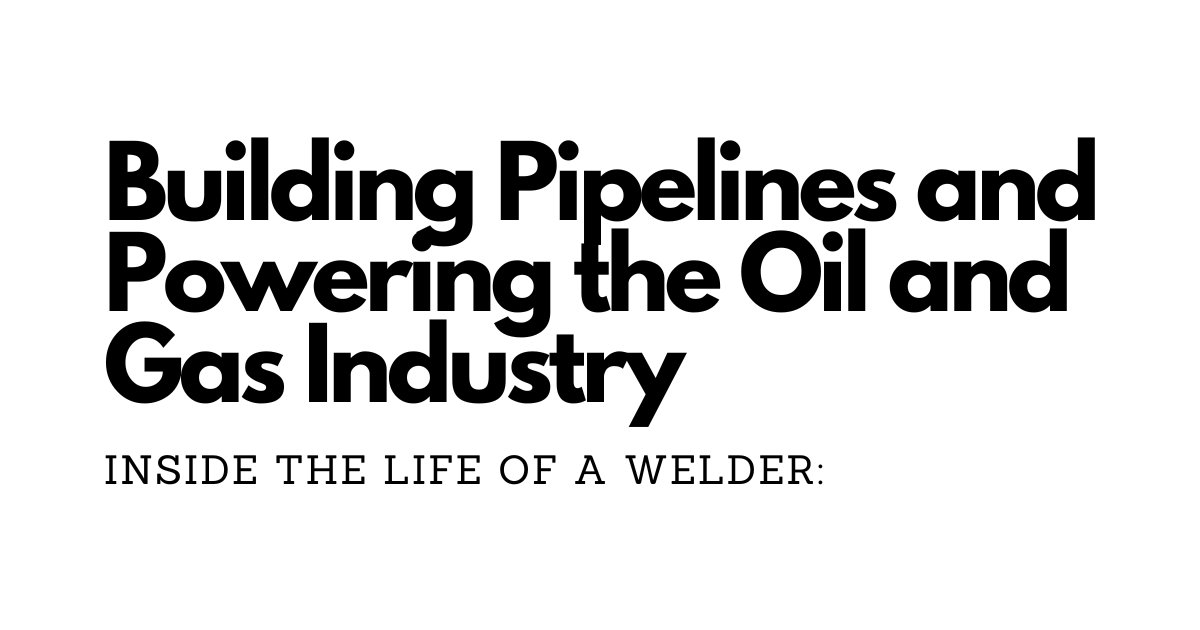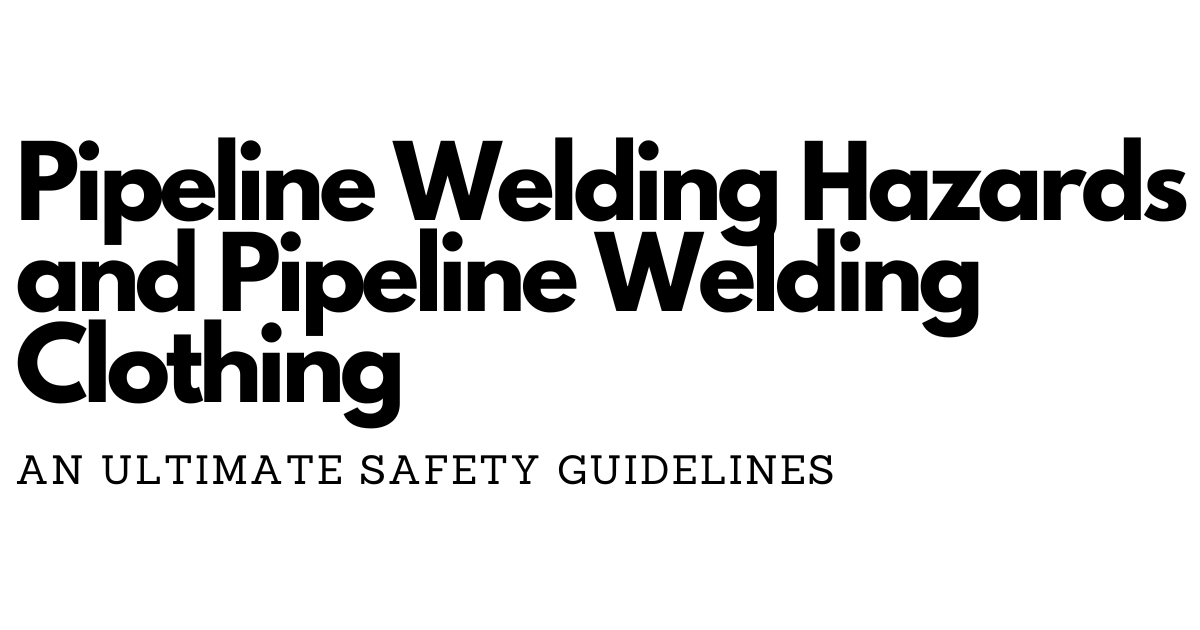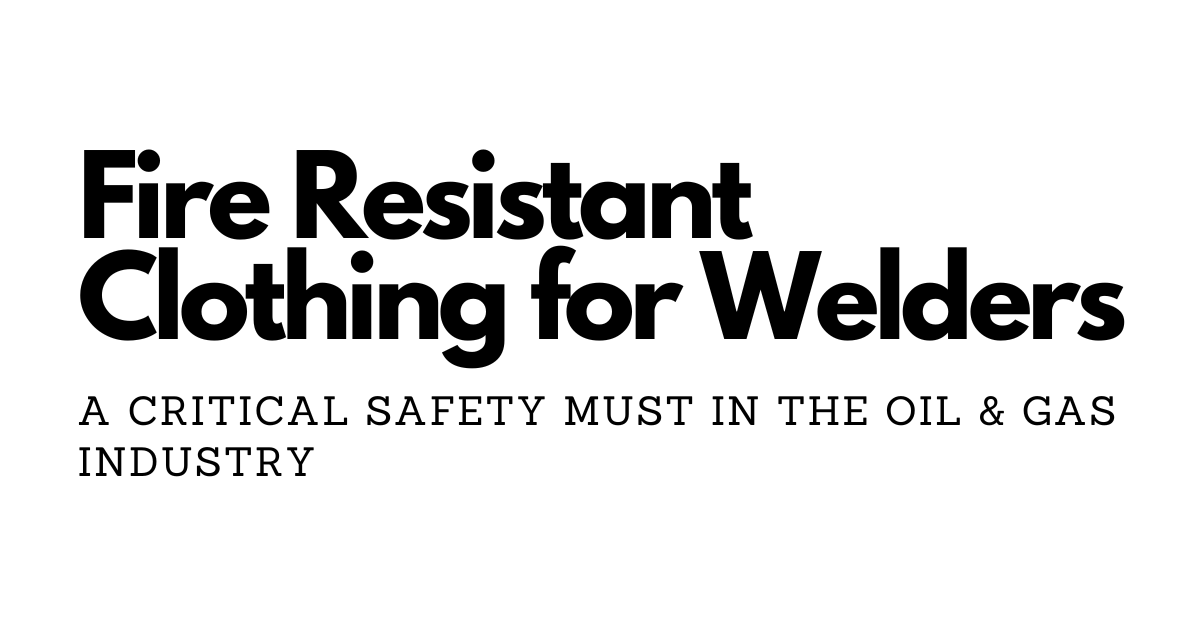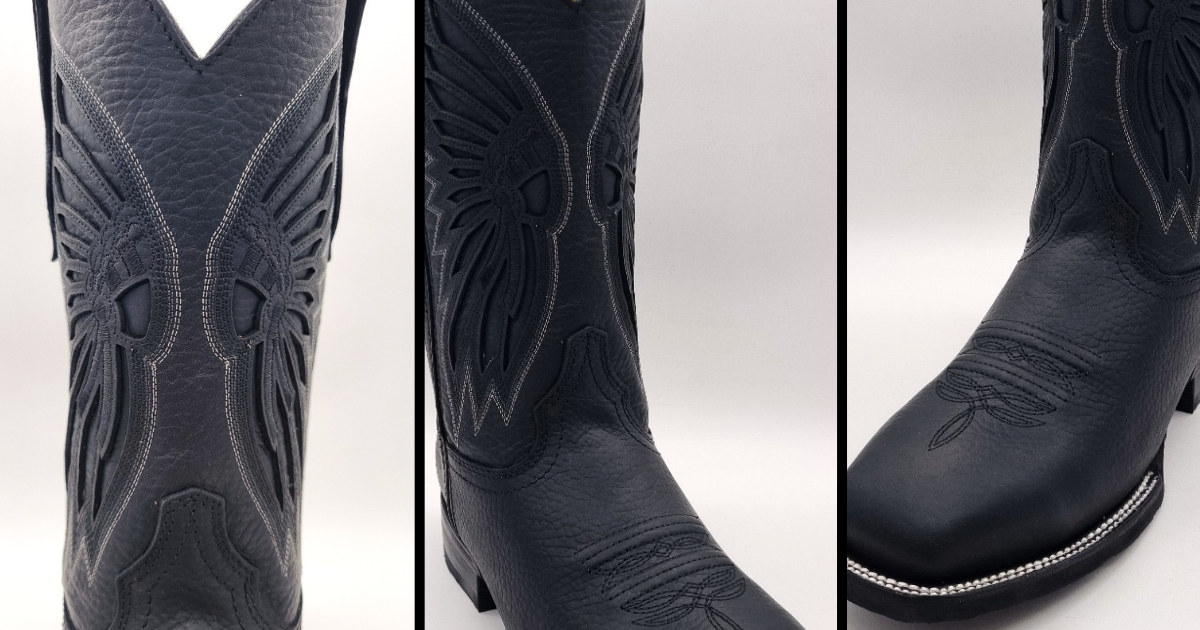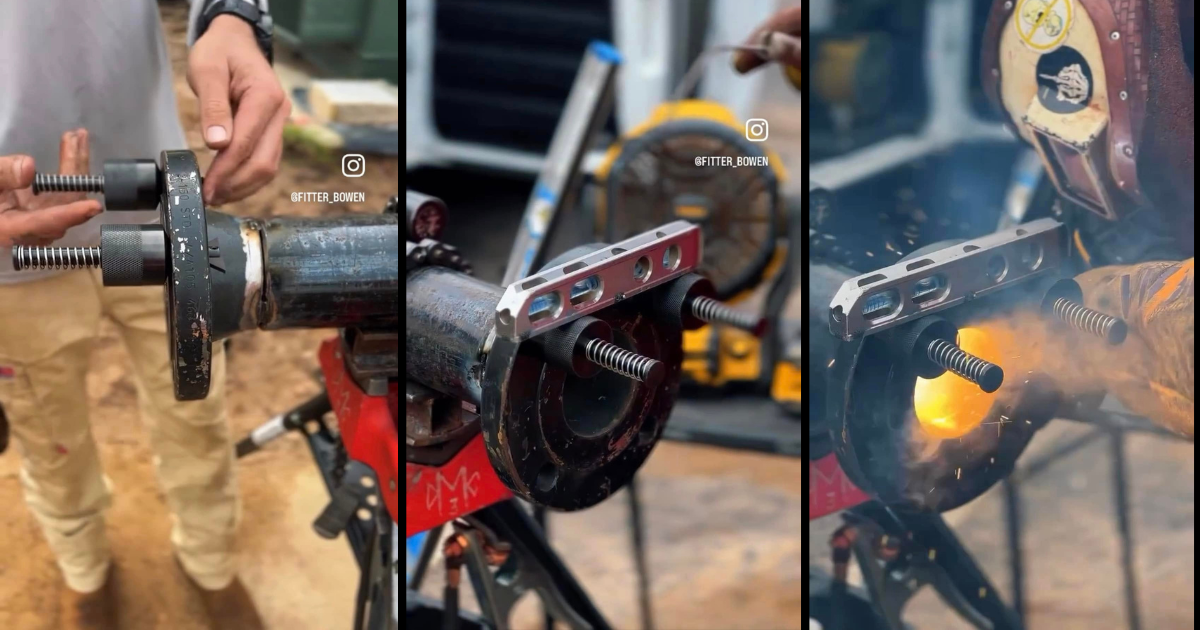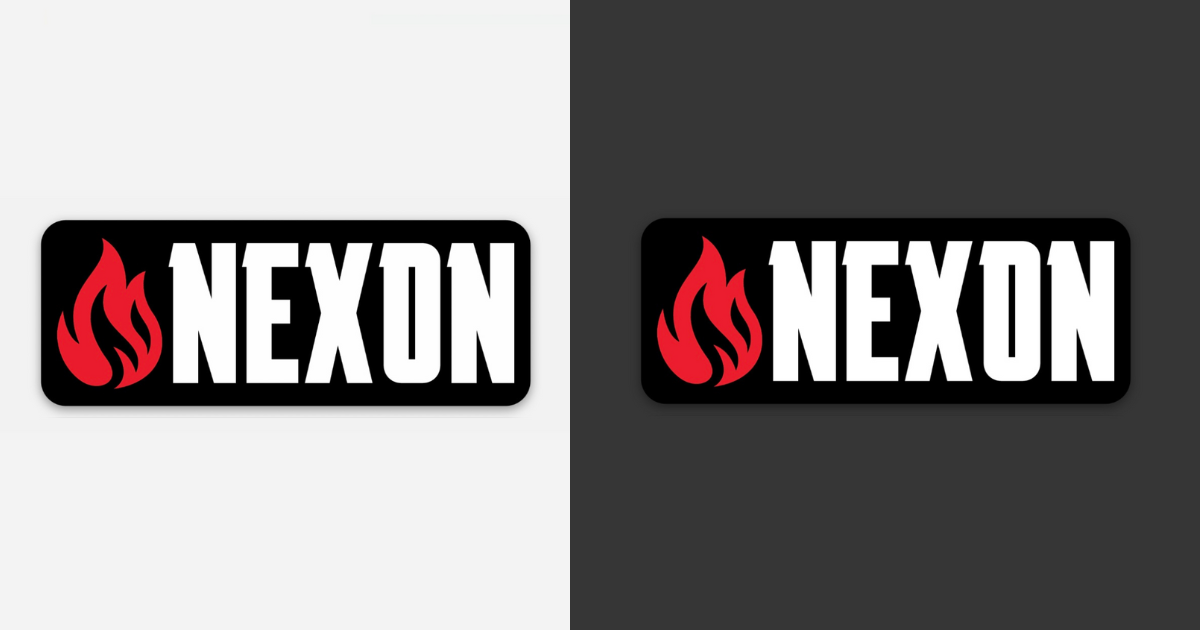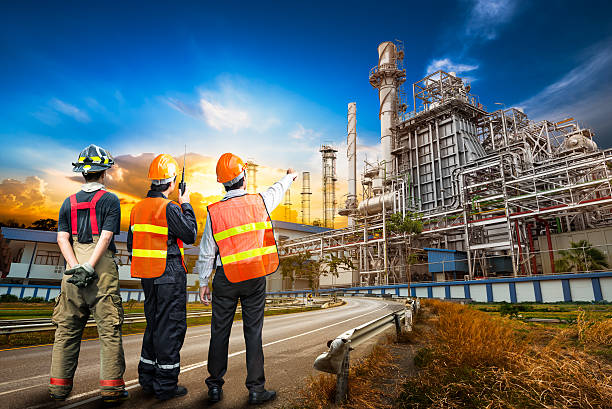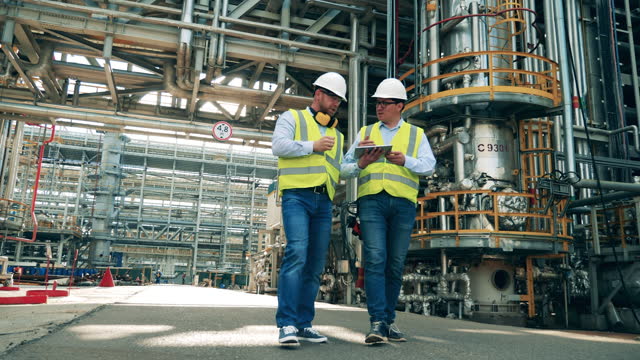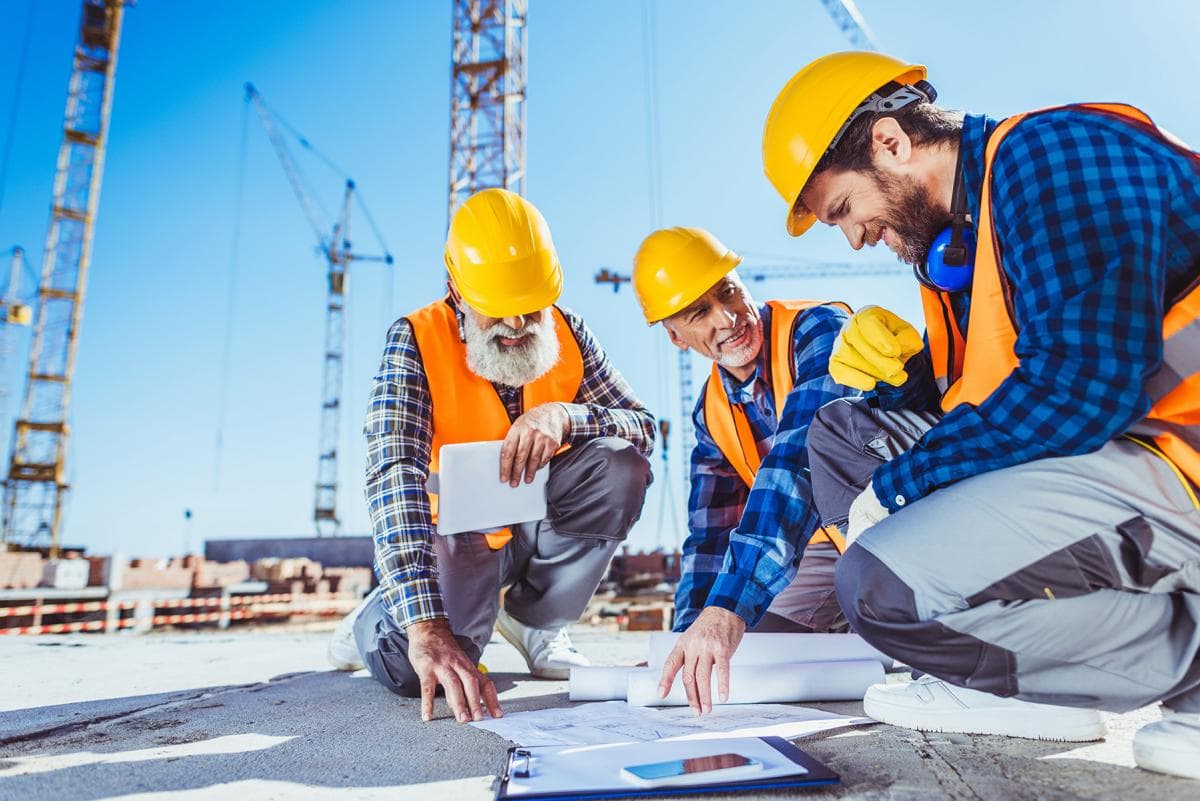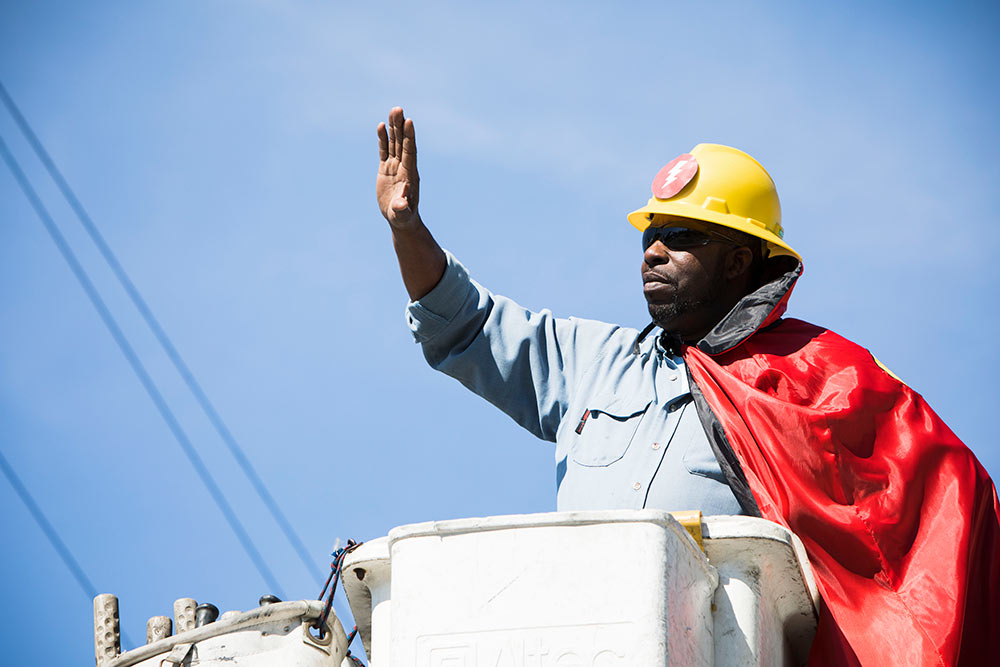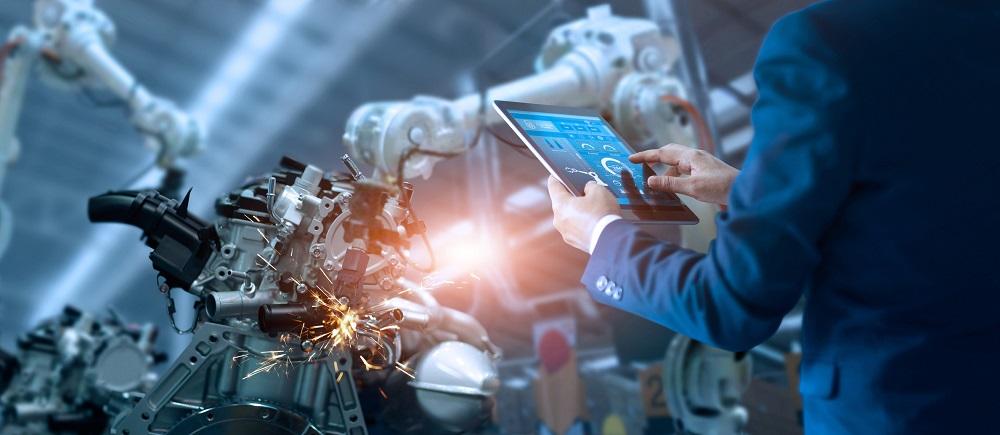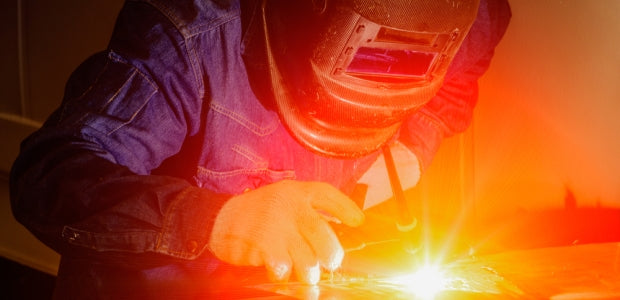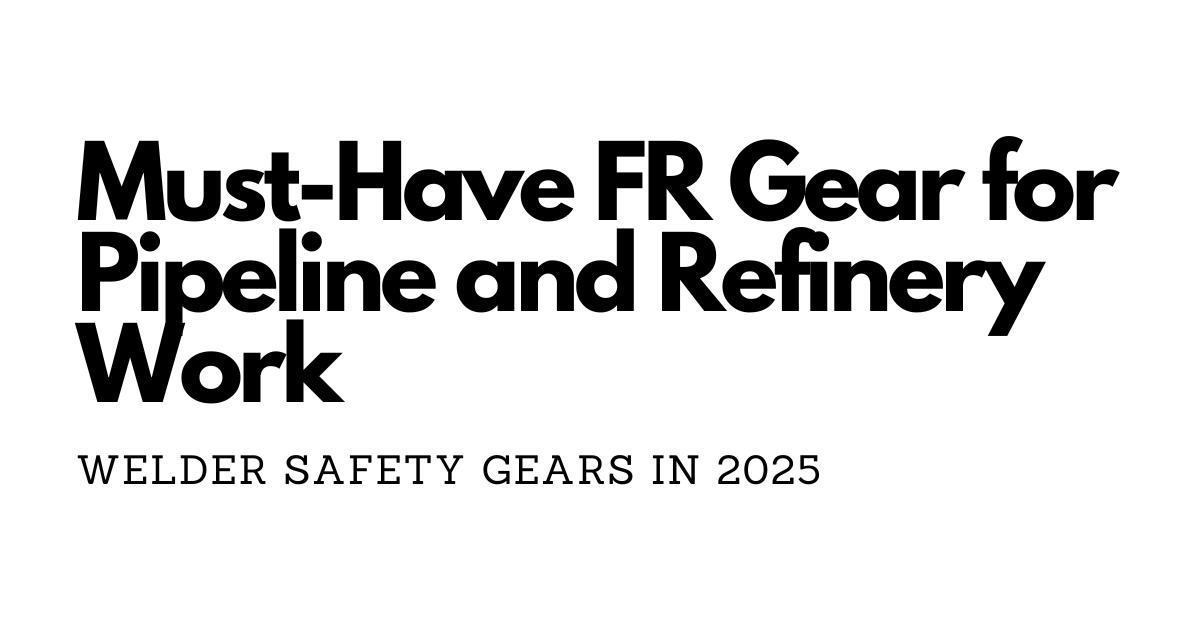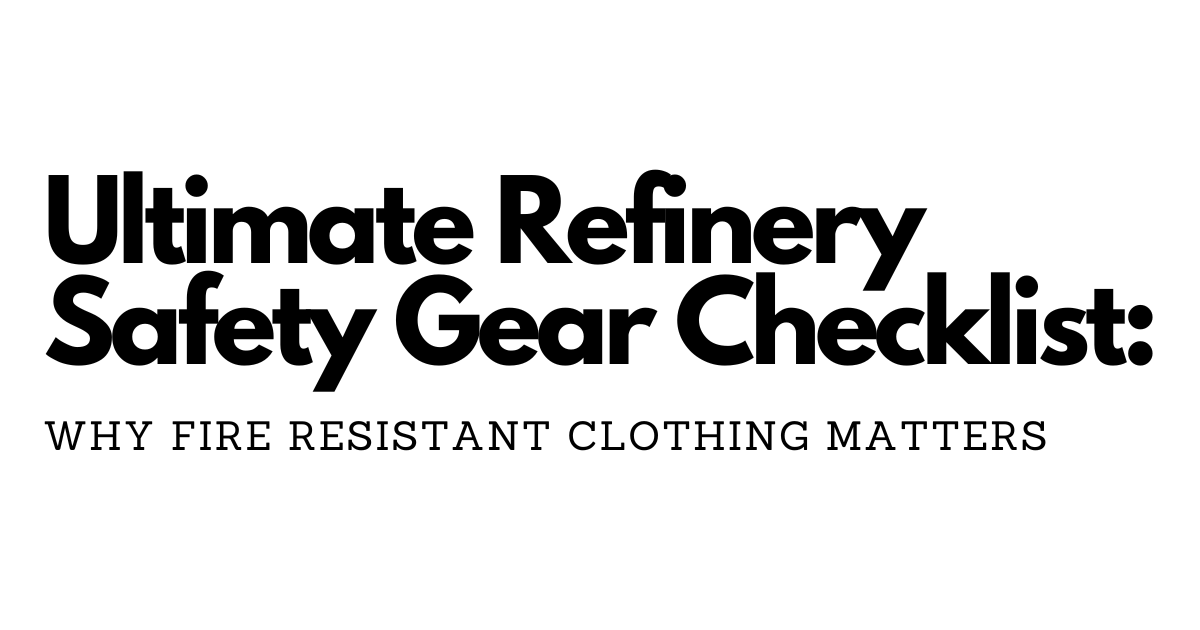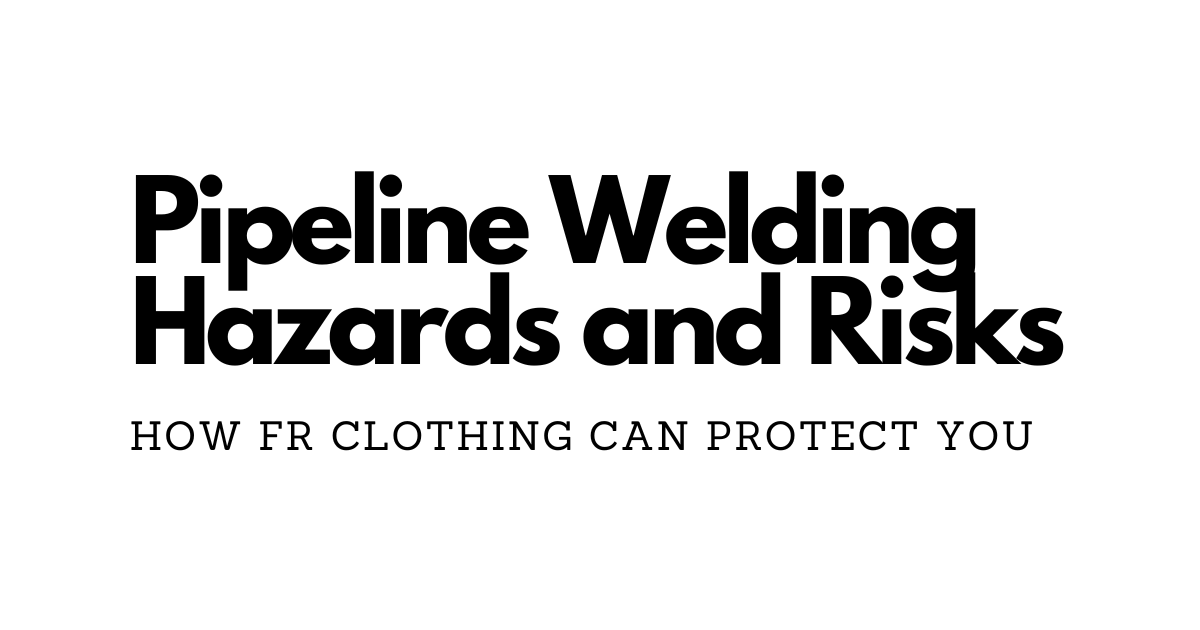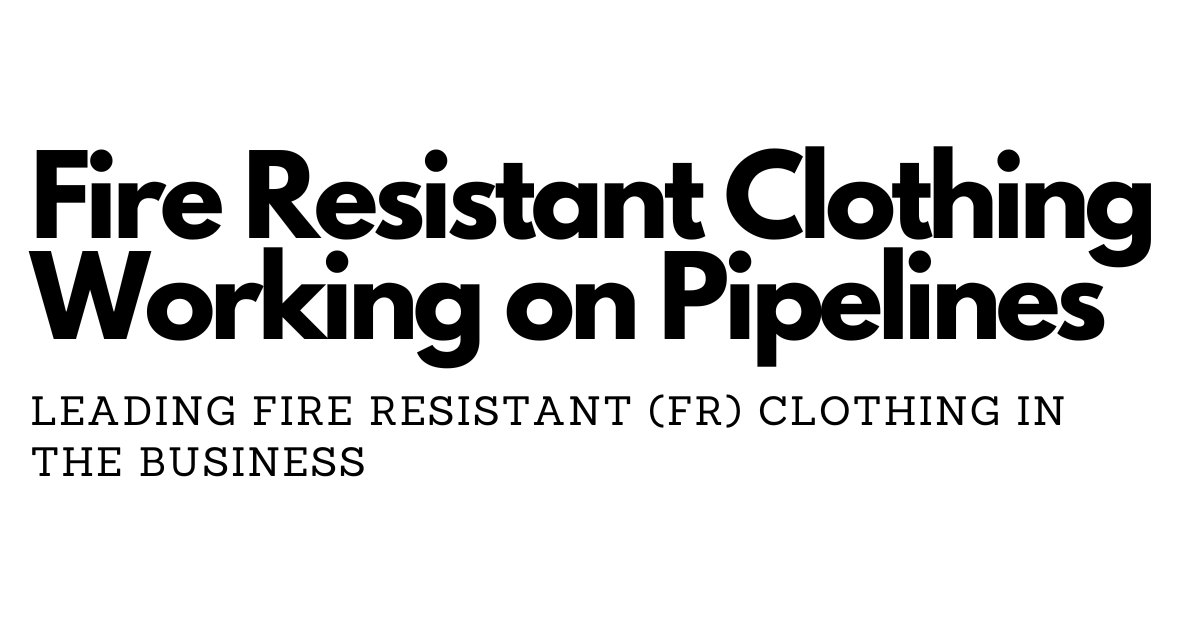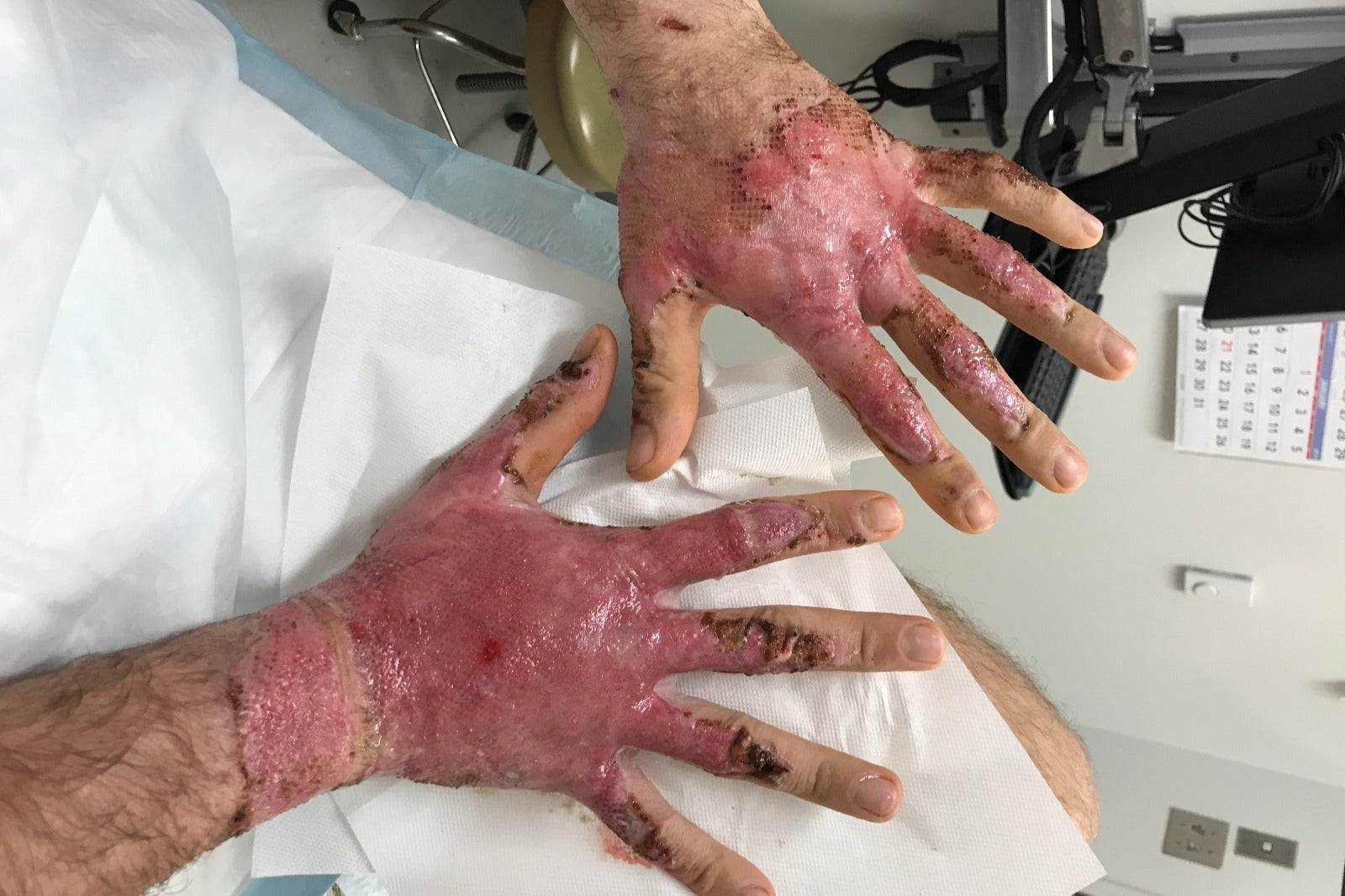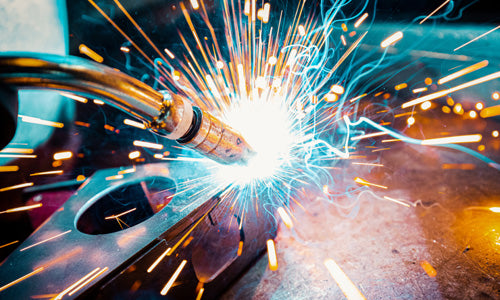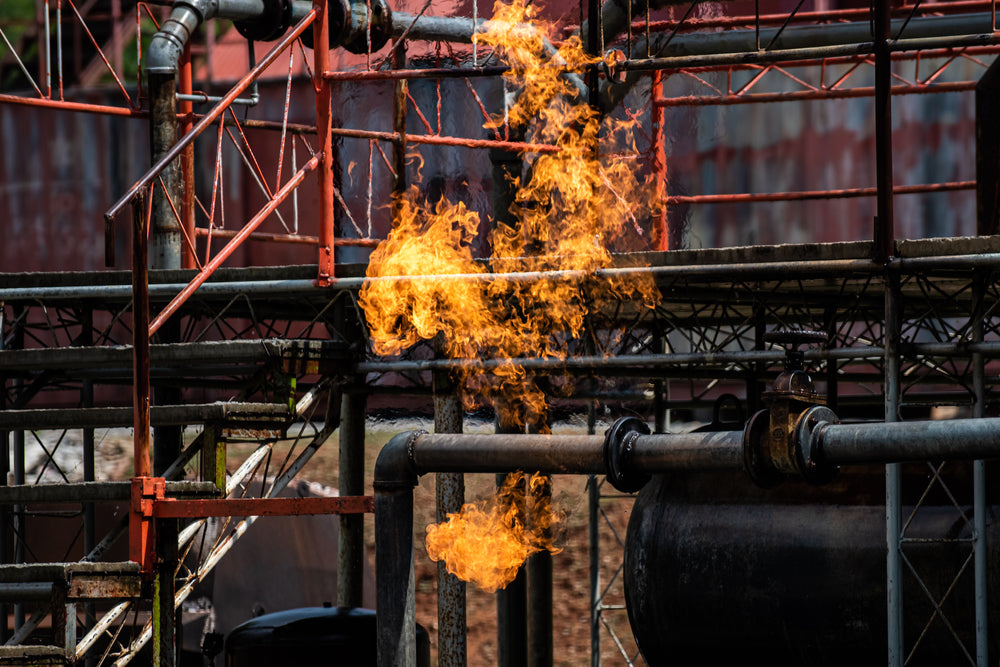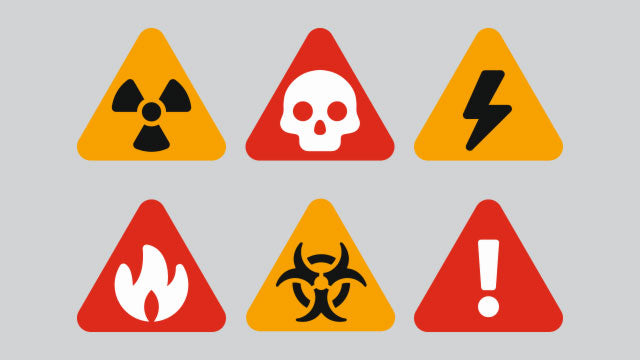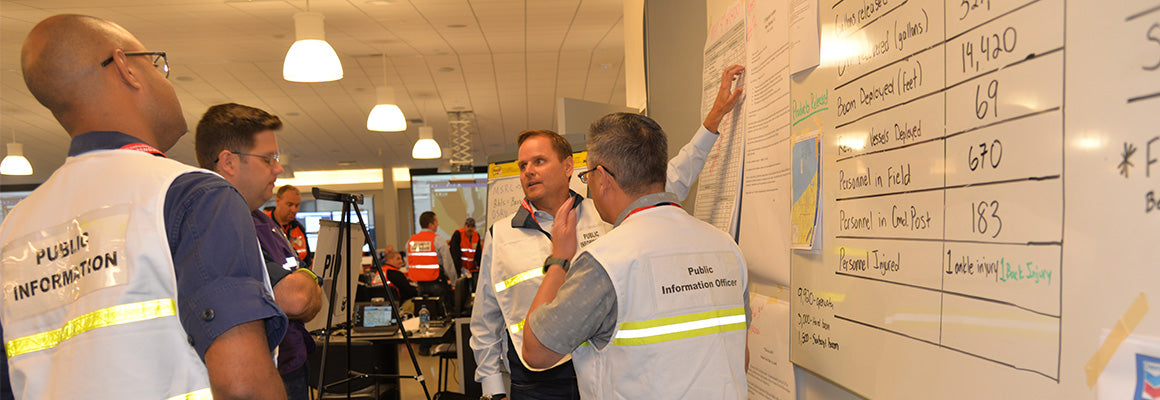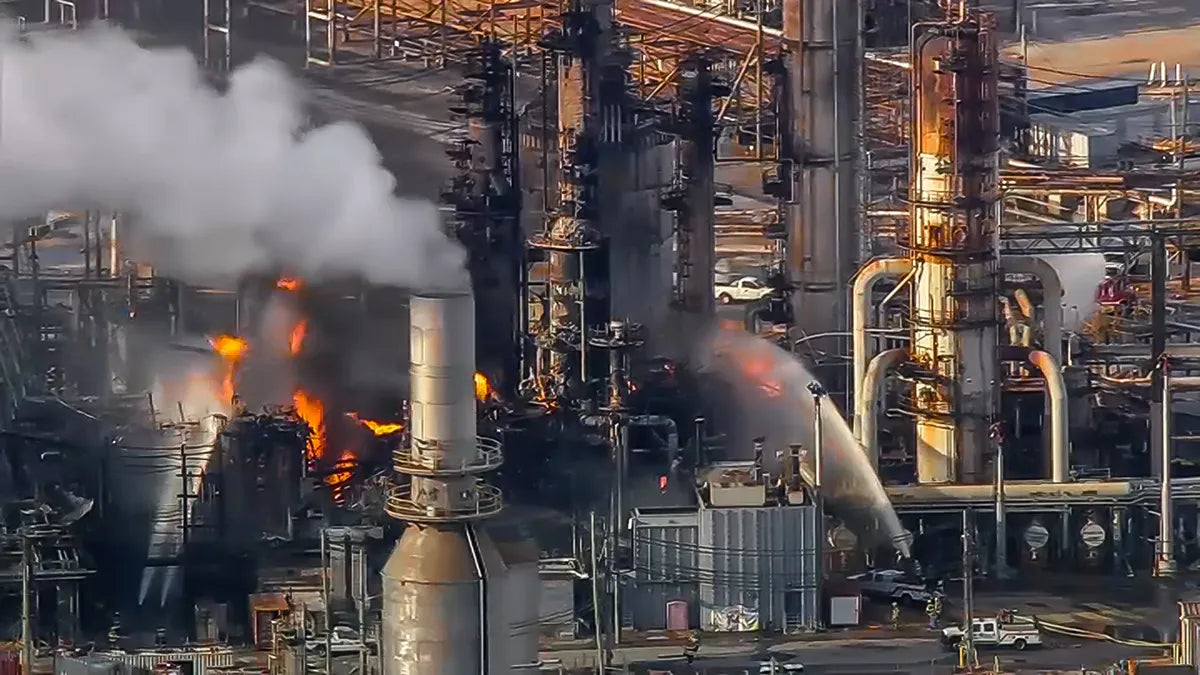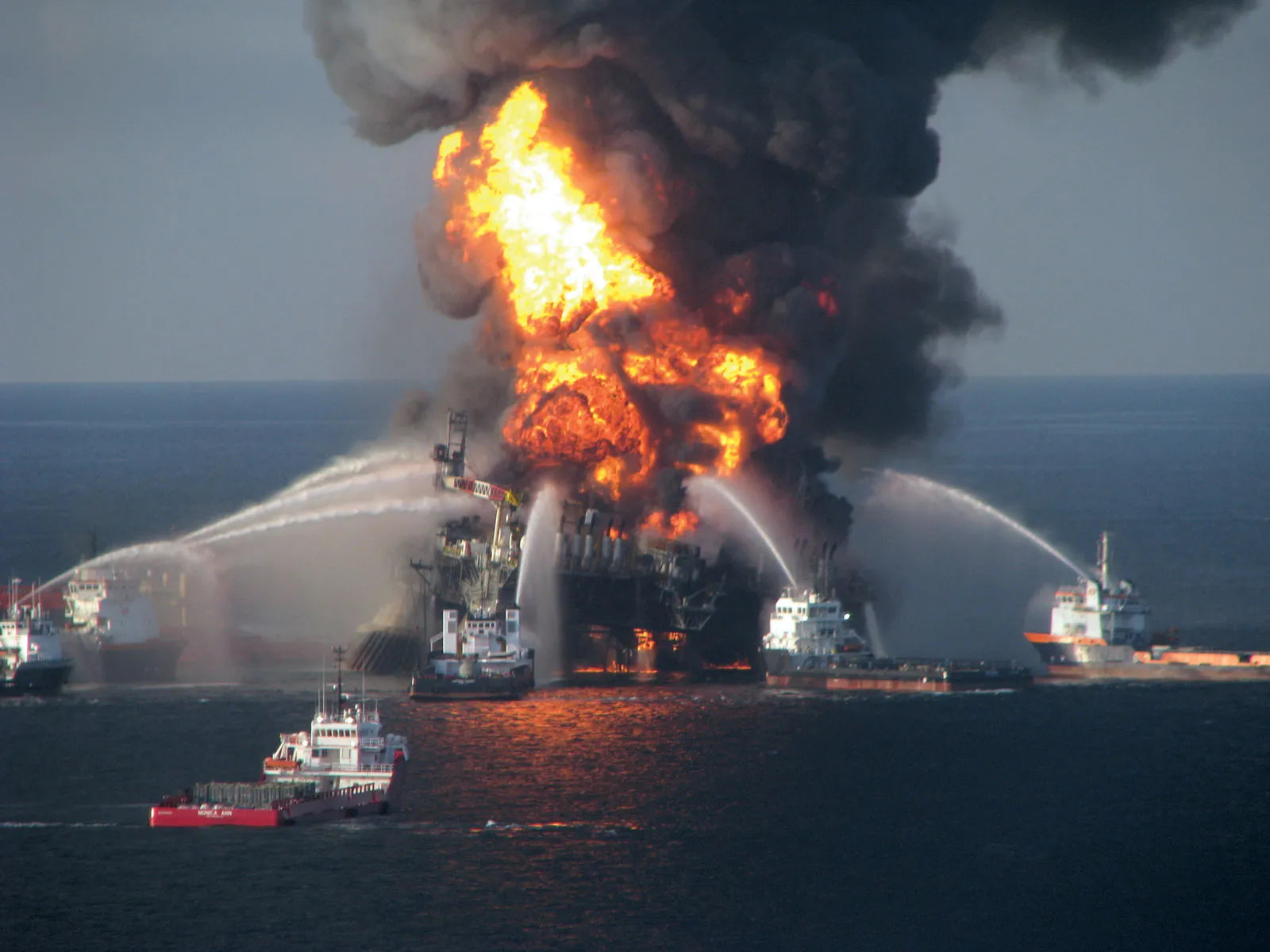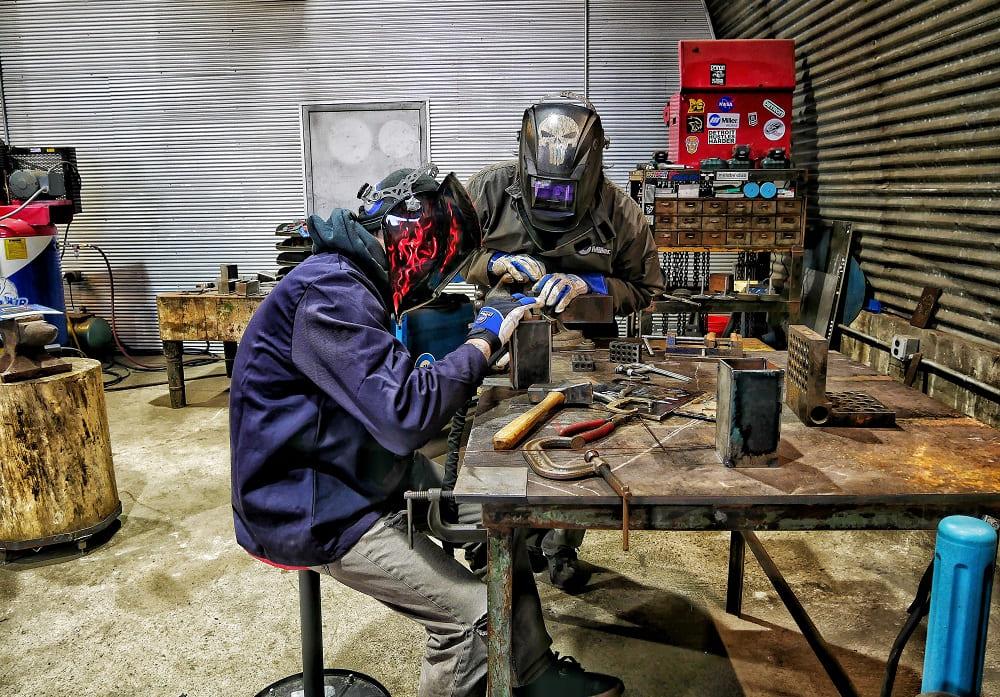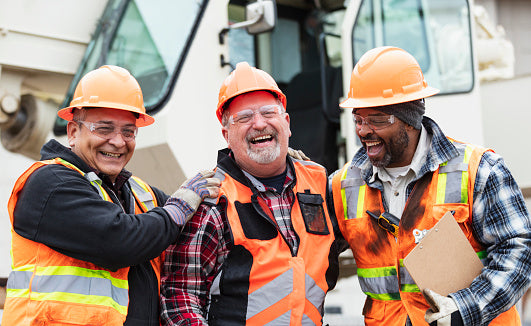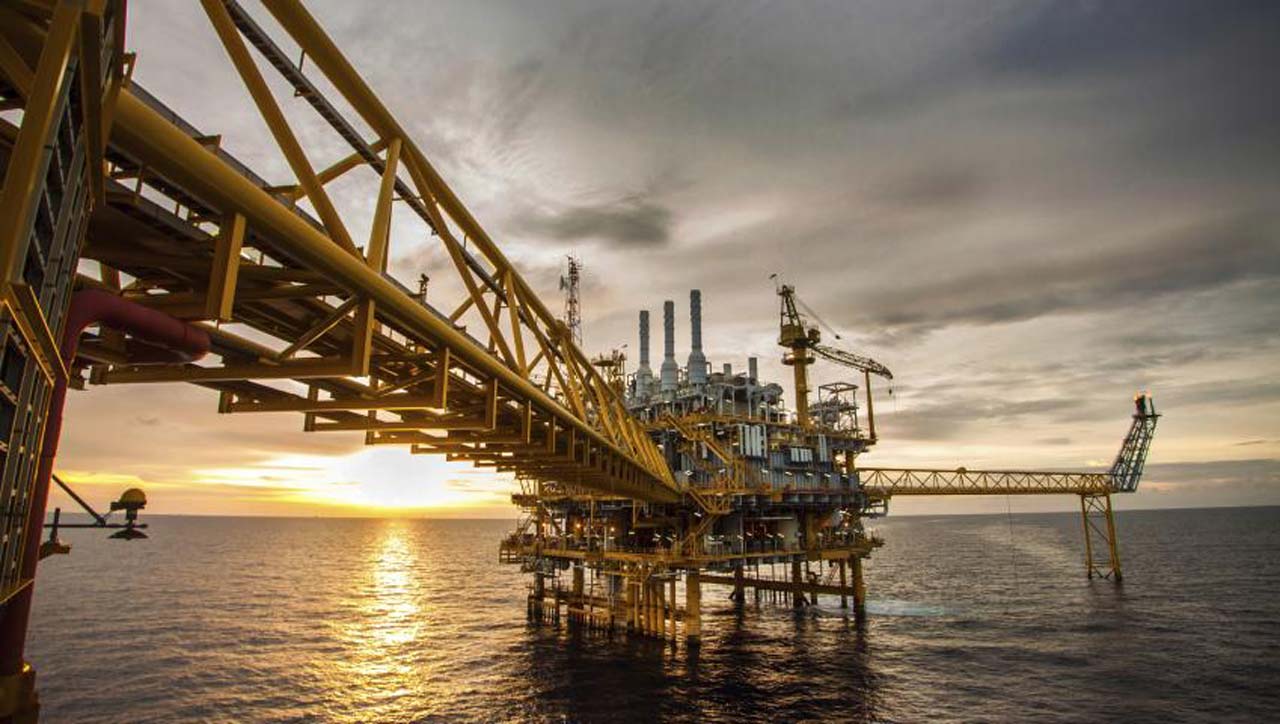
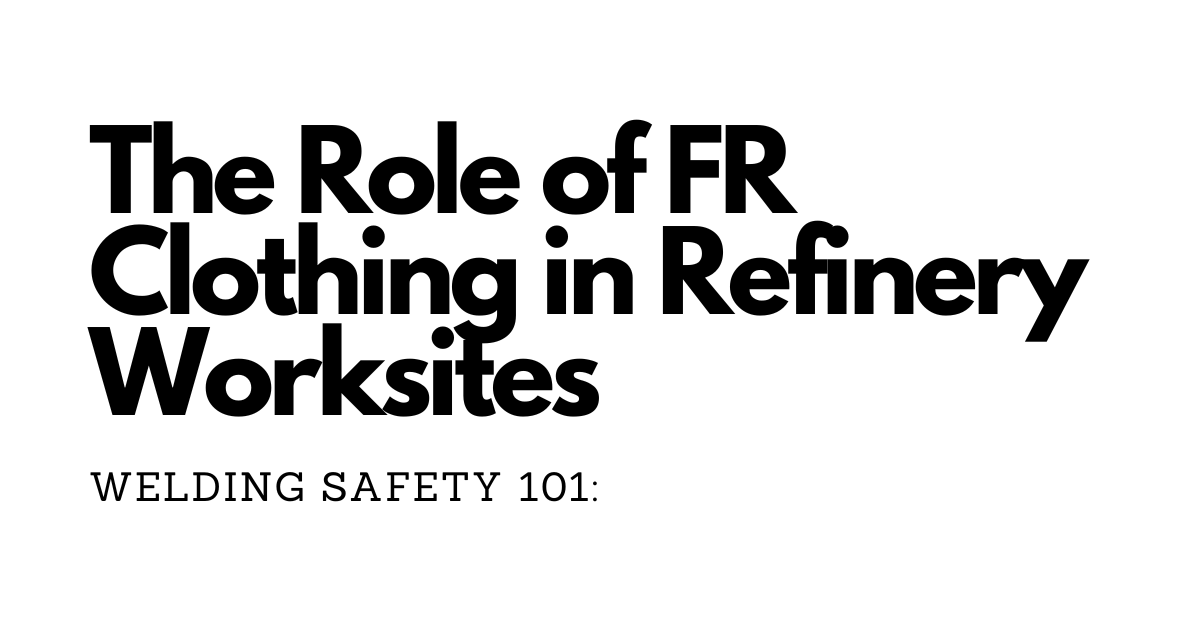
Welding is a vital trade in refinery operations, but it’s also one of the most hazardous. Extreme temperatures, flying sparks, and the presence of flammable gases create a dangerous environment for welders. That’s why fire resistant (FR) clothing is a cornerstone of refinery safety. In this guide, we’ll break down the risks welders face, the role FR gear plays in protecting them, and how to choose the right FR workwear for refinery jobs.
Why Refinery Work Is High-Risk for Welders: Refineries process volatile chemicals and gases under intense heat and pressure. Welders in these environments face a high probability of exposure to flash fires, arc flashes, molten metal, and hot surfaces.
Common Welding Hazards in Refineries: Flash fires from flammable vapor leaks, Burns from sparks, slag, and hot metal, Arc flashes during live electrical work, Contact with superheated surfaces and tools and Flammable dust and gas accumulation in confined spaces
Without proper protection, even a minor incident can result in life-threatening burns or long-term injury.
What Is FR Clothing — and How Does It Work? FR (fire resistant or flame resistant) clothing is specially engineered to self-extinguish when exposed to flame or heat. Unlike regular workwear that may ignite, melt, or continue to burn, FR garments provide a critical buffer between a welder’s skin and the hazard.
Key Features of FR Clothing:
-
Made from fibers that resist ignition and self-extinguish
-
Certified to safety standards like NFPA 2112, NFPA 70E, and ASTM F1506
-
Designed to reduce second- and third-degree burns
-
Protects against both thermal and electrical arcs
The Role of FR Clothing in Refinery Safety Protocols: Refinery safety managers and supervisors are required by OSHA to provide proper personal protective equipment (PPE), which includes FR clothing for any worker exposed to fire or electrical hazards.
FR Gear Protects Welders By:
-
Minimizing burn severity during flash fire or arc flash incidents
-
Offering full-body coverage with flame-resistant jackets, pants, and coveralls
-
Acting as a frontline defense in conjunction with helmets, gloves, and eye protection
-
Supporting heat dissipation and comfort in high-temperature zones
Must-Have FR Gear for Refinery Welders: Welders in refinery settings should be equipped with FR gear tailored for the unique challenges of their work environment. Here's a breakdown of essential pieces:
-
FR Welding Jackets & Shirts: Reinforced for spark protection, breathable for comfort.
-
FR Coveralls or Bib Overalls: Ideal for full-body protection in high-heat zones.
-
FR Pants & Jeans: Durable and compliant with flexibility for kneeling or climbing.
-
FR Welding Gloves: Insulated, arc-rated, and built for dexterity.
-
FR Balaclavas and Head Protection: Critical for protecting face and neck in confined spaces.
-
FR Base Layers: Added protection without sacrificing mobility.
What to Look for When Choosing FR Workwear: Not all FR clothing is created equal. Refinery welders should consider:
-
Compliance Labels: Look for NFPA 2112 and ASTM F1506 tags.
-
Fit & Flexibility: Proper fit prevents loose fabric from catching fire or snagging on equipment.
-
Durability: Reinforced stitching and abrasion-resistant fabrics extend gear life.
-
Moisture Control: Lightweight, breathable fabrics keep workers cool in hot zones.
-
Layering Options: Layered protection adds safety without bulk.
Final Thoughts: FR clothing is not just a requirement—it's a lifeline for welders working in refinery environments. Choosing the right gear can significantly reduce injury risks, improve job performance, and keep welders compliant with industry safety standards.
Whether you're a refinery safety manager, pipeline contractor, or independent welder, investing in top-tier FR gear is one of the smartest decisions you can make.
